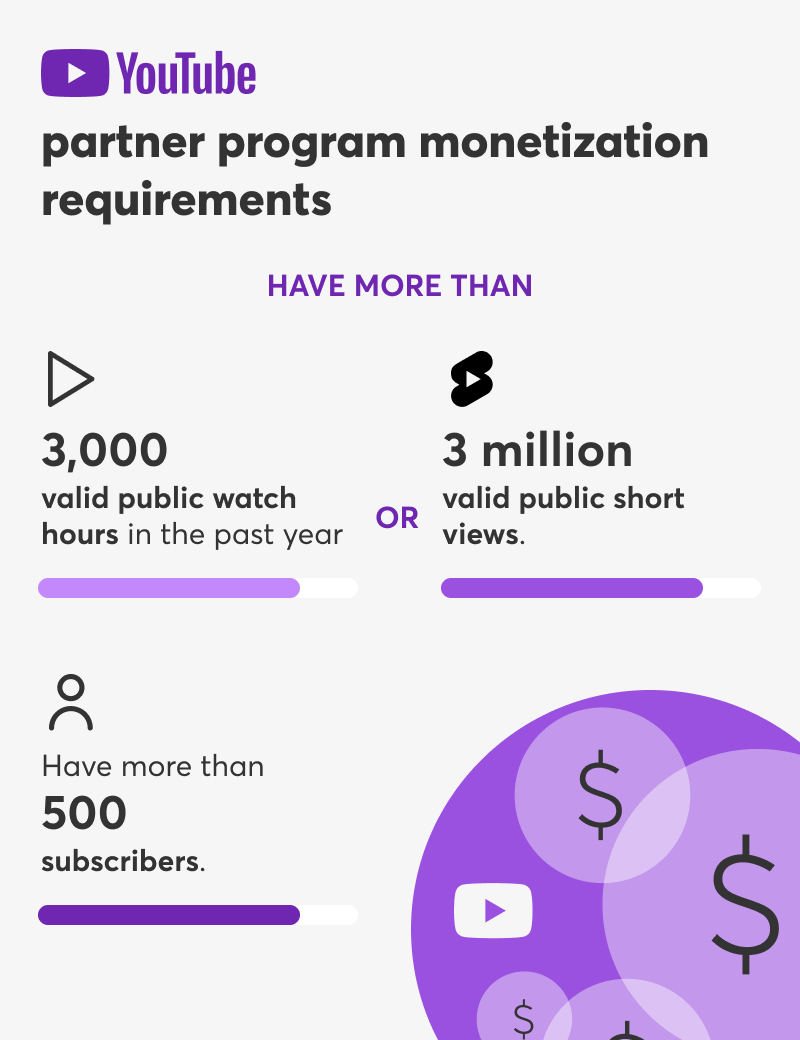Determining whether a YouTube channel is monetized can be an important consideration for viewers, potential collaborators, or aspiring content creators. Monetization on YouTube means that the channel owner earns revenue from ads displayed on their videos, memberships, Super Chats, or other monetization features provided by the platform. While YouTube does not explicitly display a “monetized” badge on channels for public viewing, there are several indicators and methods to help you identify if a channel is likely monetized.
The most straightforward way to find out if a YouTube channel is monetized is by observing the presence of advertisements during video playback. When watching videos from a particular channel, pay attention How to find YouTube is monetised pre-roll ads (ads before the video starts), mid-roll ads (ads appearing during longer videos), or banner ads overlaying parts of the video. If these types of advertisements consistently appear across multiple videos on the channel, it strongly suggests that the creator has enabled monetization through Google AdSense.
Another subtle clue lies in checking whether the creator uses features exclusive to monetized accounts. For instance, channels with over 1,000 subscribers and 4,000 watch hours in the past year become eligible for joining the YouTube Partner Program (YPP). Once accepted into YPP, creators can enable memberships allowing fans to support them monthly in exchange for perks like badges and emojis. Additionally, Super Chat and Super Stickers-paid messages highlighted during live streams-are only available to monetized channels meeting specific criteria.
Reviewing community posts and descriptions may also offer insights into monetization status indirectly. Some creators openly mention sponsorships or partnerships within their video descriptions or pinned comments as part of their income strategy alongside ad revenue. Others might promote merchandise stores linked via platforms such as Teespring directly underneath their videos-a feature accessible only after joining YPP.
However, it’s important to note that not all content creators choose to monetize every possible avenue even when eligible; some prefer focusing solely on organic growth without running ads or enabling paid memberships initially.
For those interested in verifying more technical details about any given channel’s estimated earnings and analytics data without direct access from the creator themselves, third-party websites like Social Blade provide approximate statistics related to subscriber counts and estimated monthly earnings based on publicly available metrics such as views per day and engagement rates. Although these estimates are not perfectly accurate due to varying CPM rates (cost per mille) influenced by geography and niche market factors-they still provide useful clues regarding whether a channel generates income through YouTube’s partner program.
In summary, while there isn’t an official public indicator explicitly stating “this channel is monetized,” consistent appearance of ads during videos combined with usage of membership perks or merchandise links generally confirm active participation in YouTube’s monetization options. Observing these signs carefully allows viewers or collaborators alike to reasonably conclude if a specific YouTube channel benefits financially from its content creation efforts.


